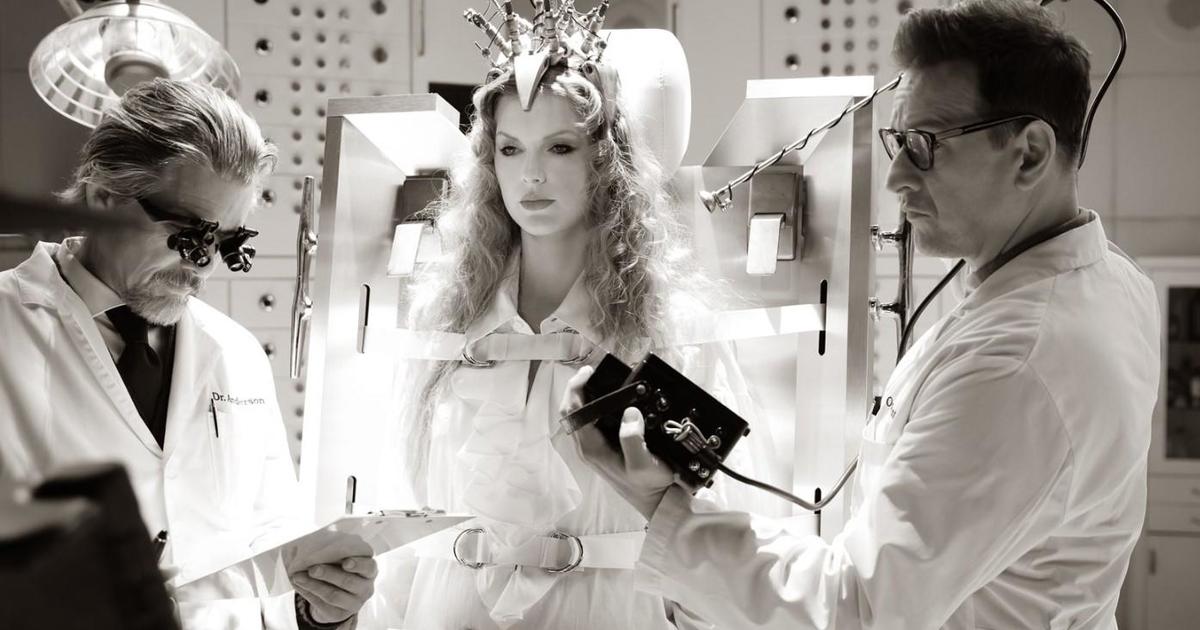'Blue Monday' Depression Peak Isn't Real, But Seasonal Blues Are. Here's What Do To About Them
(CNN) -- As if we needed any more reason to ruminate over life's daily plights, today (January 20) is Blue Monday -- the third Monday of January, which is rumored to be the most depressing day of the year.
But is it?
Research hasn't proved that there is any one day more depressing than all the others, but it's actually a PR stunt that has unfortunately cemented itself into modern culture. Every January now, blogs share their tips for how people can save themselves from the gloom, companies jump at the chance to promote their feel-good products and services, and social media follow suit.
Origin of a health myth
Blue Monday began with a press release.
In 2005, the now-defunct UK TV channel Sky Travel sent journalists an excited promotional announcement that, with the help of a psychologist, they'd calculated the most miserable day of the year.
They'd apparently worked it out with a complex formula developed by UK psychologist Dr. Cliff Arnall. It considered factors such as the weather to devise people's lowest point.
The formula was meant to analyze when people booked holidays, assuming that people were most likely to buy a ticket to paradise when they were feeling down. Arnall was asked to come up with the best day to book a holiday trip, so he thought of reasons why people might want to take a holiday -- and thus, the gloomiest day of the year was born.
"There is generally more sadness in the winter time and January is not uncommon at all for overall more sadness among folks," said Dr. Ravi Shah, a psychiatrist at Irving Medical Center at Columbia University. "So rather than dial in to one specific day, I think the more interesting question is what it is about the winter that affects our mood."
Some fuel stoking the Blue Monday fire could also be the phenomenon that's based on research from Japan. In 2009, the suicide ratio for Mondays for Japanese men was significantly higher than on other days of the week, especially for those in the "productive age" category -- suggesting that the structure of the work week and economic struggles were to blame.
Blue Monday isn't scientifically sound
Arnall's formula looks the part: [W+(D-d)]xTQ/MxNA. But upon closer inspection, the variables involved are subjective and plainly unscientific. W, for instance, stands for weather. D is debt and d is monthly salary, while T means time since Christmas and Q is the time since you gave up on your New Years resolution.
None of the factors he included can be measured, or compared by the same units. The formula can't be adequately assessed or verified. For example, there's no way to measure the average number of days since people slipped up on their New Year's resolution. And January's weather varies among different states, countries and continents. In short, there's no scientific merit to it.
"I had no idea it would gain the popularity that it has," Arnall told CNN. "I guess a lot of people recognize it in themselves."
Arnall has also claimed to campaign against his own idea of Blue Monday as part of the "activist group" Stop Blue Monday. But that group, as it turned out, was also a marketing campaign -- this time for winter tourism to the Canary Islands.
Now, he tells CNN he'd do it again.
"I don't regret it at all," he said, adding he has "used the media" on several occasions with the intention of starting conversations about psychology.
"My problem with academic psychology and peer reviewed publications ... they don't really make that much difference to regular people," added Arnall, who was paid £1,200 to come up with Blue Monday.
That's not a popular view in the profession, however.
"This is not the right way to raise awareness," said Antonis Kousoulis, director of the UK's Mental Health Foundation. "By saying this single day is the most depressing day of the year, without any evidence, we are trivialising how serious depression can be."
"Mental health is the biggest health challenge of our generation," he added. "Trivialising it is completely unacceptable."
"Depression is not a single day phenomenon," Shah said. "Depression is a clinical syndrome that has to be at least two weeks, most of the day, most days over time."
However, the winter blues are real
Critics of the concept of a "Blue Monday" have held that attributing clinical depression to external causes such the number of days since Christmas may adversely affect people suffering from it by suggesting their condition could be solved with something as easy as booking a vacation to a sunny beach.
What is real is the winter blues, more clinically known as seasonal affective disorder, or SAD. It's a form of depression that people experience usually during the fall and winter months when there's less sunlight. The most difficult months for people with SAD in the US tend to be January and February, but it improves with the arrival of spring.
Psychology Today reported that SAD is estimated to affect 10 million Americans, and that another 10% to 20% may have mild symptoms. For 5% of adults that experience SAD about 40% of the year have symptoms that can be overwhelming and can interfere with their daily lives.
The condition has been linked to a biochemical imbalance in the brain prompted by shorter daylight hours and less sunlight in winter. As seasons change, people experience a shift in their biological internal clock, or circadian rhythm, that can cause them to be out of sync with their regular schedule.
Common symptoms of SAD include fatigue despite how much a person sleeps, and weight gain associated with overeating and carbohydrate cravings, according to the American Psychiatric Association.
Other signs include feelings of sadness, loss of interest in activities once enjoyed, feelings of worthlessness or guilt, trouble concentrating or making decisions and thoughts of death or suicide, and even suicide attempts.
SAD can begin at any age, but typically starts between the ages of 18 and 30 and is more common in women than in men.
How to combat seasonal affective disorder
According to Dr. Shah, the easiest way to start taking action against SAD is to focus on light exposure. "If you can't get natural sunlight, buy a light box," he said.
Light therapy involves sitting in front of a light therapy box that emits very bright light for a minimum of 20 minutes per day. Most people see improvements from this method within one or two weeks of beginning treatment.
In anticipation of the return of symptoms in late fall, some people begin light therapy in early fall to prevent them.
Increased exposure to sunlight can help improve symptoms as well. Those prone to symptoms may want to spend more time outside or arrange a sitting area in your house that is exposed to a window during the day. Antidepressants and talk therapy are effective in treating SAD as well.
Taking holistic care of your health can also help: exercising regularly, eating well, sleeping enough when you can, and staying connected with family and friends. Talk to your doctor, too, as SAD can be a manageable condition with the right diagnosis and treatment.
"If you keep yourself active physically, mentally and socially and use a light box, that's going to go a long way," Shah said.
Smart light bulbs, which can be activated by a Google Home or Amazon Alexa device, can help you gently fall asleep or wake up by slowly brightening or dimming. Weighted blankets have been beneficial for people who struggle with insomnia and anxiety.
The concept of Blue Monday was a relatable idea at best and a travel marketing scheme that probably didn't work. But why stop there? Arnall later devised a formula determining the happiest day of the year, sponsored by an ice cream company, even though many find solace in the treat when they are least happy.
So, if you're feeling okay today on Blue Monday, don't anticipate the day will hold impending doom. If you're struggling with SAD, know that help is available for you.
The-CNN-Wire
™ & © 2020 Cable News Network, Inc., a WarnerMedia Company. All rights reserved.



